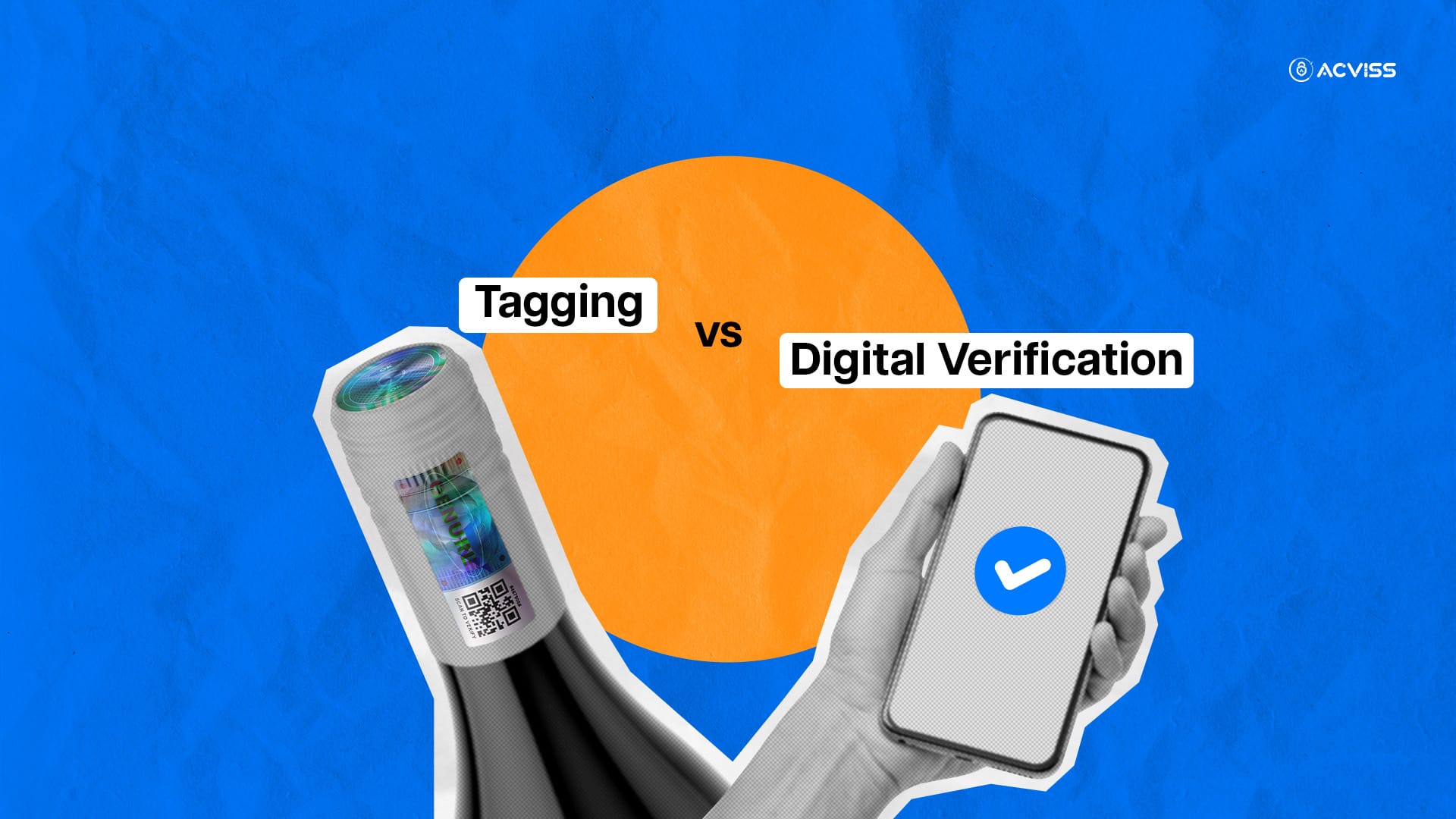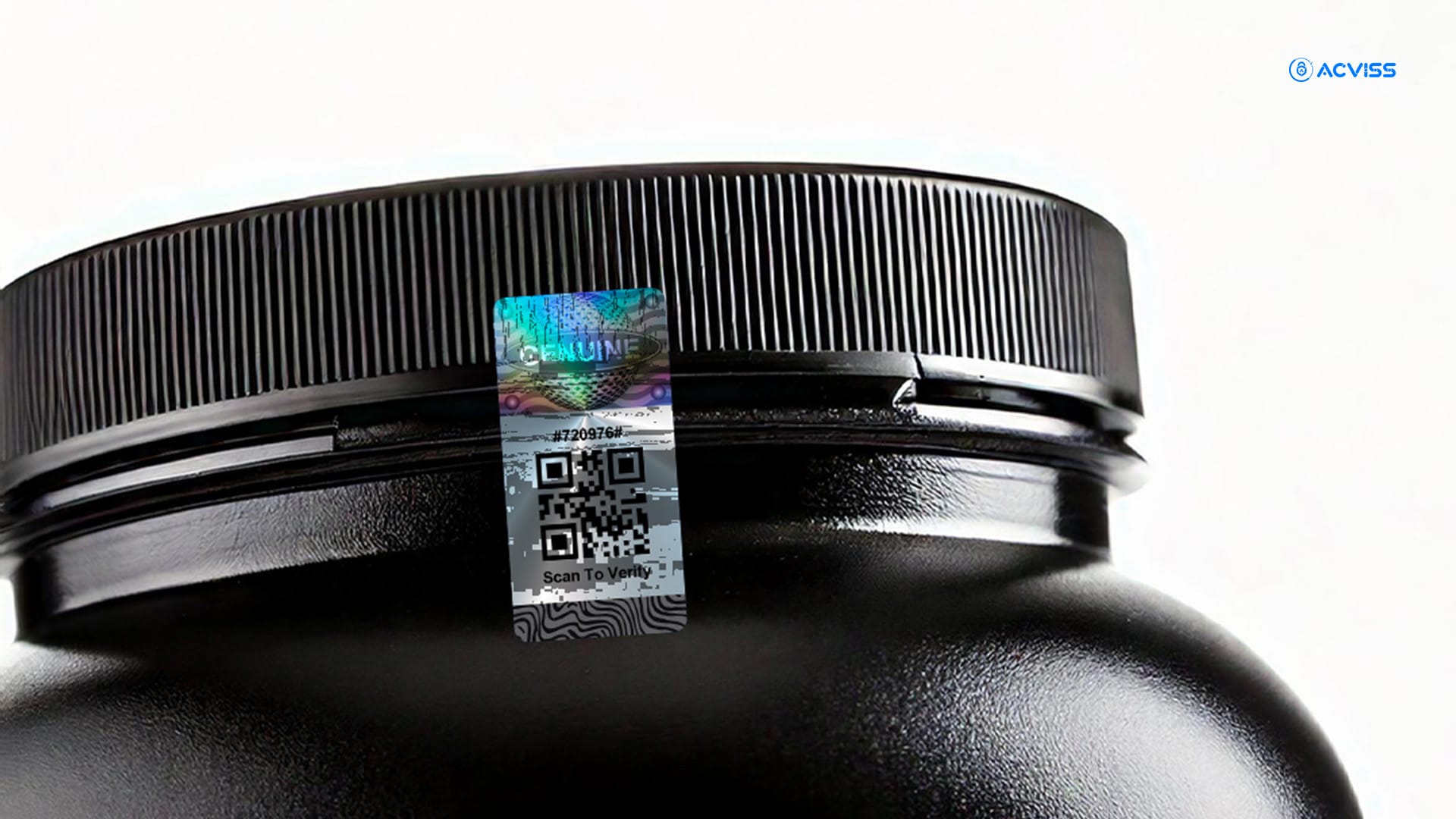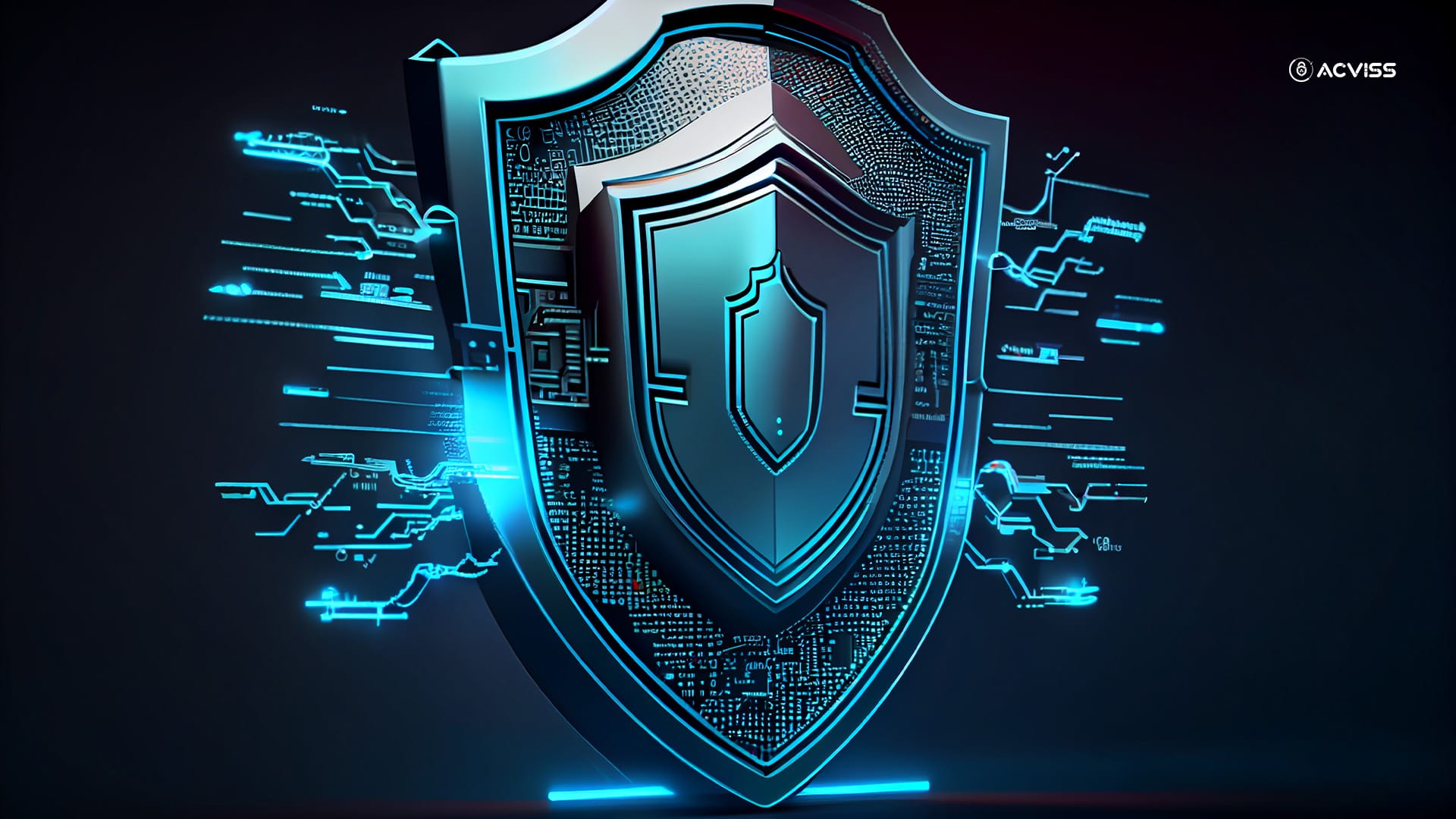Tagging vs Digital Verification: Which is Right for Your Brand Protection Strategy

Counterfeiting has become an organised industry, and brands are under more pressure than ever to safeguard their products and maintain consumer trust. From pharmaceuticals to luxury goods, the demand for reliable brand protection solutions is skyrocketing. The central question every brand grapples with today: What is the most effective way to ensure product authenticity, tagging or digital verification?
Both methods are prominent tools in the realm of brand authentication and product traceability, and each offers unique advantages. But choosing the right strategy isn’t just a matter of preference; it’s a critical decision that can shape a brand’s long-term resilience and market credibility.
Let’s explore the core differences, benefits, challenges, and strategic applications of tagging and digital verification so you can make an informed choice for your brand protection roadmap.
The Foundations: What Are We Talking About?
Tagging refers to the application of a physical or visible element, such as holograms, barcodes, QR codes, RFID tags, or tamper-evident seals, onto a product or its packaging. These tags serve as the product’s fingerprint, offering traceability and some level of tamper resistance.
Digital Verification, on the other hand, focuses on leveraging technologies such as cloud-based platforms, machine learning, blockchain, and unique digital identifiers to authenticate products. These systems often work alongside physical tags, but the actual verification happens digitally, typically via mobile apps or online databases.
The Need for Brand Protection in a Hyperconnected World
Counterfeiters have become agile, tech-savvy, and quick to replicate physical elements. According to the OECD, the global trade in counterfeit and pirated goods stands at over $500 billion annually, with some industries more vulnerable than others. From undermining brand value to posing safety risks in the case of medicines and electronics, the consequences are serious.
As the complexity of global supply chain management increases, so too does the risk of product diversion and fake product infiltration. This is where robust product verification systems become not just important, but essential.
Tagging: Tried, Tested, and Trusted

Pros:
- Immediate Recognition: Tags like holograms or colour-shifting inks are instantly recognisable and easy for customers to verify.
- Cost-Effective for Low-Tech Environments: Especially in markets where smartphone usage is limited, physical tags provide accessible authentication.
- Tamper-Evident: Certain tagging methods alert customers and brands to attempted interference.
Cons:
- Copycat Risk: Physical tags can be mimicked by skilled counterfeiters, especially if they rely on outdated security technologies.
- Static Information: Once printed or affixed, the information on a tag doesn’t change, limiting real-time tracking and updates.
- Manual Dependency: Verification often relies on human scrutiny, which is prone to error or oversight.
Best Fit For: Brands in low-connectivity regions, FMCG sectors, or products with shorter shelf lives.
Digital Verification: Intelligent, Scalable, and Evolving

Pros:
- Dynamic Verification: Unlike static tags, digital systems can update authentication records in real-time, integrating with supply chain data.
- Track and Trace Integration: These systems often align with track and trace infrastructure, supporting full product traceability from origin to consumer.
- High-Level IP Protection: Linking products to central databases ensures stronger trademark protection and IP protection.
- Consumer Engagement: Verification platforms can double as engagement tools, delivering brand messages or loyalty programs upon scan.
Cons:
- Infrastructure Requirement: Effective deployment depends on access to the internet and smart devices.
- Initial Investment: The cost of setting up a digital authentication ecosystem can be higher.
- Security Complexity: While hard to breach, the backend systems need constant security updates and oversight.
Best Fit For: High-value products, global brands, or industries where counterfeit threats are high and customer trust is paramount.
Hybrid Models: Why It’s Rarely Either/Or

In the real world, most effective brand protection strategies blend both tagging and digital verification.
A unique QR code on the packaging might serve as a physical identifier, while scanning it triggers a digital authentication process that confirms the product’s legitimacy and tracks its journey through the supply chain.
This hybrid approach enhances both product authentication and product traceability, providing double-layered protection.
Key Decision Factors for Your Brand
When evaluating whether tagging or digital verification is right for your brand, consider the following:
1. Product Value and Risk Profile
High-value products like electronics or luxury goods are often targeted by counterfeiters. Digital verification offers stronger defences here, especially when paired with blockchain-based product traceability.
2. Geographic Markets
For regions with limited internet access, tagging offers a more viable solution. In contrast, digitally savvy markets benefit from app-based product verification and real-time brand authentication.
3. Supply Chain Complexity
If your supply chain spans multiple geographies and involves several partners, digital verification helps maintain transparency and control at every stage.
4. Customer Behaviour
Brands whose consumers are more engaged online can leverage digital verification not just for IP protection but also for brand engagement, education, and reward systems.
5. Regulatory Compliance
In sectors like pharmaceuticals and food, regulatory bodies increasingly demand precise product traceability. Digital systems can automatically generate compliance reports and audit trails.
Tailor Your Strategy, Don’t Pick a Side

There’s no universal answer. Tagging and digital verification aren’t mutually exclusive; they are complementary tools in a brand’s arsenal against counterfeiting.
What matters is the alignment of these tools with your business objectives, operational capacity, and customer expectations. In a landscape where brand protection, IP enforcement, and anti-counterfeiting technologies must evolve constantly, adaptability is your brand’s biggest asset.
Whether you lean toward physical tags or embrace the power of the cloud, your strategy must be proactive, scalable, and informed by a clear understanding of both threats and opportunities.
The goal isn’t just to verify a product. It’s to build and protect the trust that your brand stands on.
